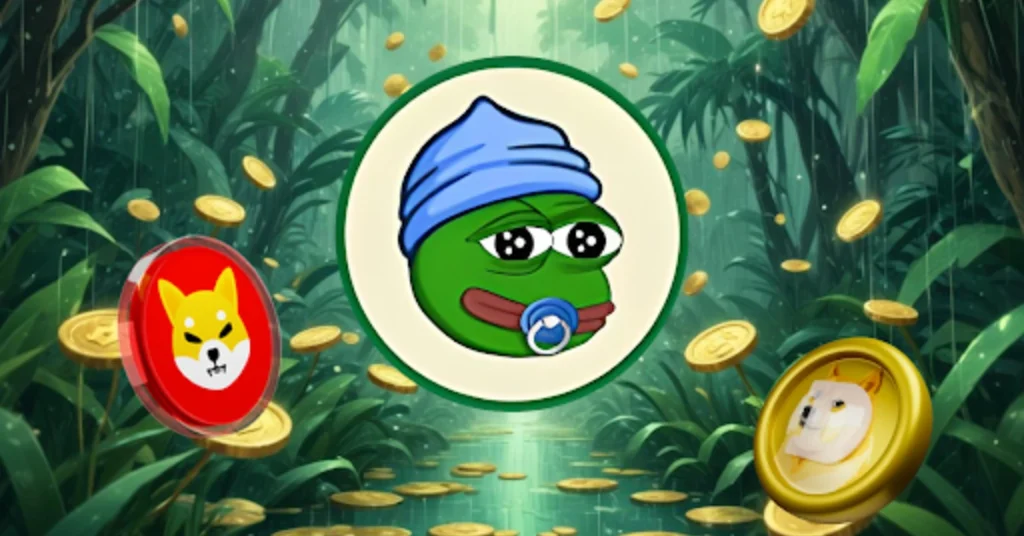
What is the ultimate free market? Ideally, it would involve buyers and sellers arriving at a location, interacting as they looked for what they wanted, and discussing the right price for both parties.
Above all, an ideal free market would involve selling or trading that takes place from person to person.
The ability for people to trade completely independently of a centralized organization, without having to ask permission or rely on someone to act on their behalf… this is what a purist free market is, and in practice, it is very rare indeed.
In practice, even your Saturday farmer’s market involves a centralized organization and permits, inspections, and zones of commerce.
A truly free market is hard to come by.
And yet, this is what Web3 offers us in many different cases.
Although there are some Web3 platforms that are centralized, there are a growing number that are focused on maximum decentralization.
Through blockchain technology individuals can interact across the globe in a trustless manner, using the power of smart contracts to interact directly with someone else without an intermediary.
And in many cases, these individuals are able to perform the entire transaction on their own without the help of a centralized party.
This type of process is nearly impossible with Web2 and is even difficult for most modern face-to-face situations.
Let’s examine three areas where Web3 has shown exactly how a market can be truly free.
We will discuss P2P payments, permissionless market listings (currently only offered by dYdX), and DAO operations.
P2P payments: the free market simplified
With any type of modern payment system, one user typically sends money through a bank or other financial institution with the instructions needed for that system to take the funds (minus a processing fee), repackage them into a new transaction, and send them to the target account.
Knowing what we know about Web3 P2P, and even spelling out the process, this seems far too complicated. The intermediary bank/institution earns a fee for relaying a payment that could have been sent directly to the recipient.
The only thing missing was the infrastructure.
Web3 supplies all the key elements needed for P2P, and perhaps even more than you realize as payments become more complicated.
If a user’s wallet is tied to a P2P service, they can potentially send a transaction on a chain that simply changes the wallet owner for those tokens from one person to another person.
This doesn’t matter if the person is standing right next to the sender or is across the world, has an account at the same bank, is living in a different country, or is waiting for the 3-5 days of processing time that some traditional transactions take (when sending money internationally).
Likewise, the international system for money transactions is decades too old, takes days instead of seconds, and has fees that are prohibitive for many use cases.
P2P avoids any middleman and doesn’t concern itself with international system infrastructure. Its simplicity allows for reliable transactions, period.
Permissionless market listings
Perhaps one of the wildest examples of a free market exercising its rights is the new feature that is part of dYdX’s Unlimited release.
With permissionless market listings, anyone on the network can decide to list a new market from cryptocurrencies or futures markets, deposit USDC into a “MegaVault” for liquidity, and the market is live.
This happens with zero permissions or authorizations.
Users show they are serious by depositing USDC, helping to ensure these markets are from valuable decisions.
And the free market decides just how valuable the market might become as it is then available for trade.
To help ensure that the liquidity supply meets demand, the MegaVaults are designed to provide liquidity to many different market listings, which can ensure that the more popular listings get enough liquidity, while the liquidity supplied for less popular markets can be used and not wasted.
This creates a massively free market system that ensures that the market speaks and controls its destiny, never waiting for a central organization for permission or processing of new market listing requests.
DAO, the ultimate free market
While certainly not a new example, we can’t forget the DAO (decentralized autonomous organization) when discussing the free market.
P2P payments in Web3 are like two people at a traditional market, making a direct trade.
The DAO, however, are all the members of the market deciding what the market will look like, where and when it will be held, what the market will supply for its members, and even things like what type of advertising should it pay to promote the market.
There are few elements in traditional commerce even close to a Web3 DAO, where there is real money in a treasury empowering the DAO, made up of passionate participants of the community, to determine the path of the Web3 platform, even showing the development team what actions need to take place.
It is truly a masterful free market tool and something that is still completely off the radar for most non-Web3 enthusiasts today.
However, it represents the purest form of the free market and can teach the rest of Web2 and traditional industries how the free market dream could become a reality.
Final thoughts
Web3’s technology has put it on the map in the last decade as truly revolutionary, from the development of cryptocurrency to today’s more advanced applications like ZK communication, trustless global commerce, and full decentralization.
It has been able to use technology very specifically to take society ironically back to its simpler days, shrinking a global marketplace into one that can be very simple, familiar, and free.
It is a true model of what business can look like, and both Web2 and traditional models should pay close attention to the true benefits of this tech-based purity.
The post Web3 shows what a free market should be appeared first on Invezz















 English (US) ·
English (US) ·